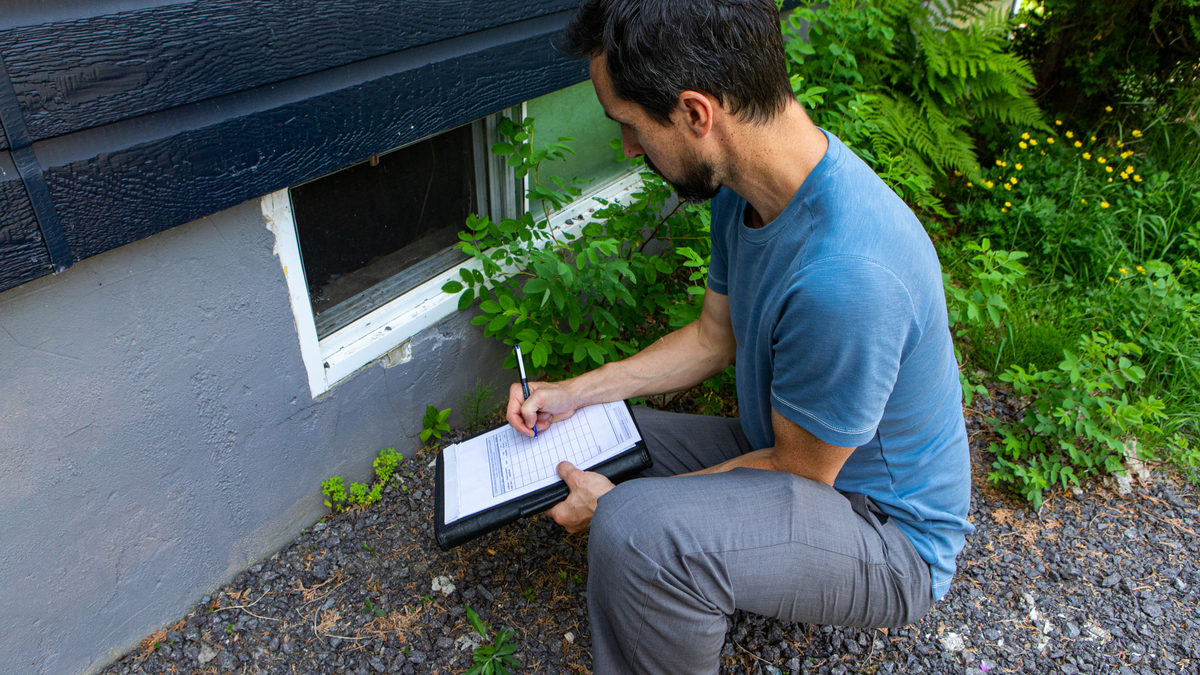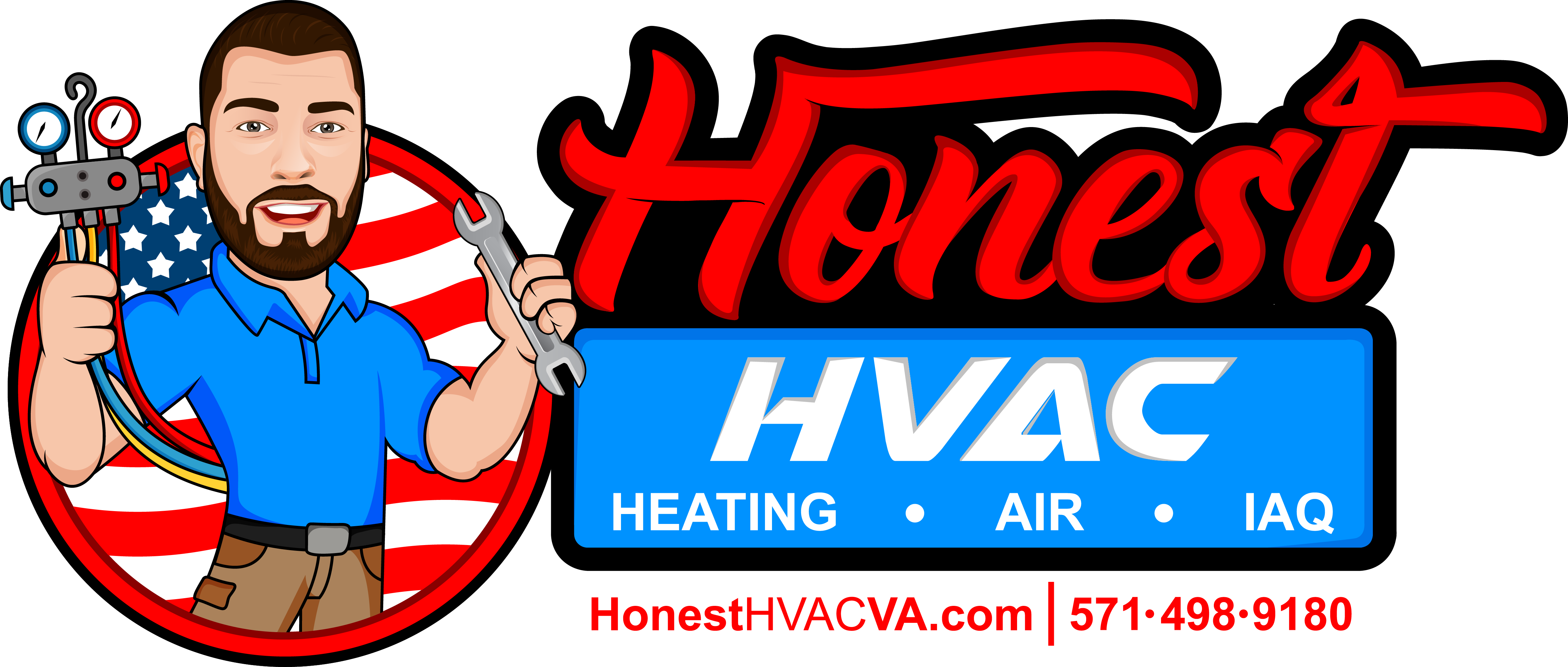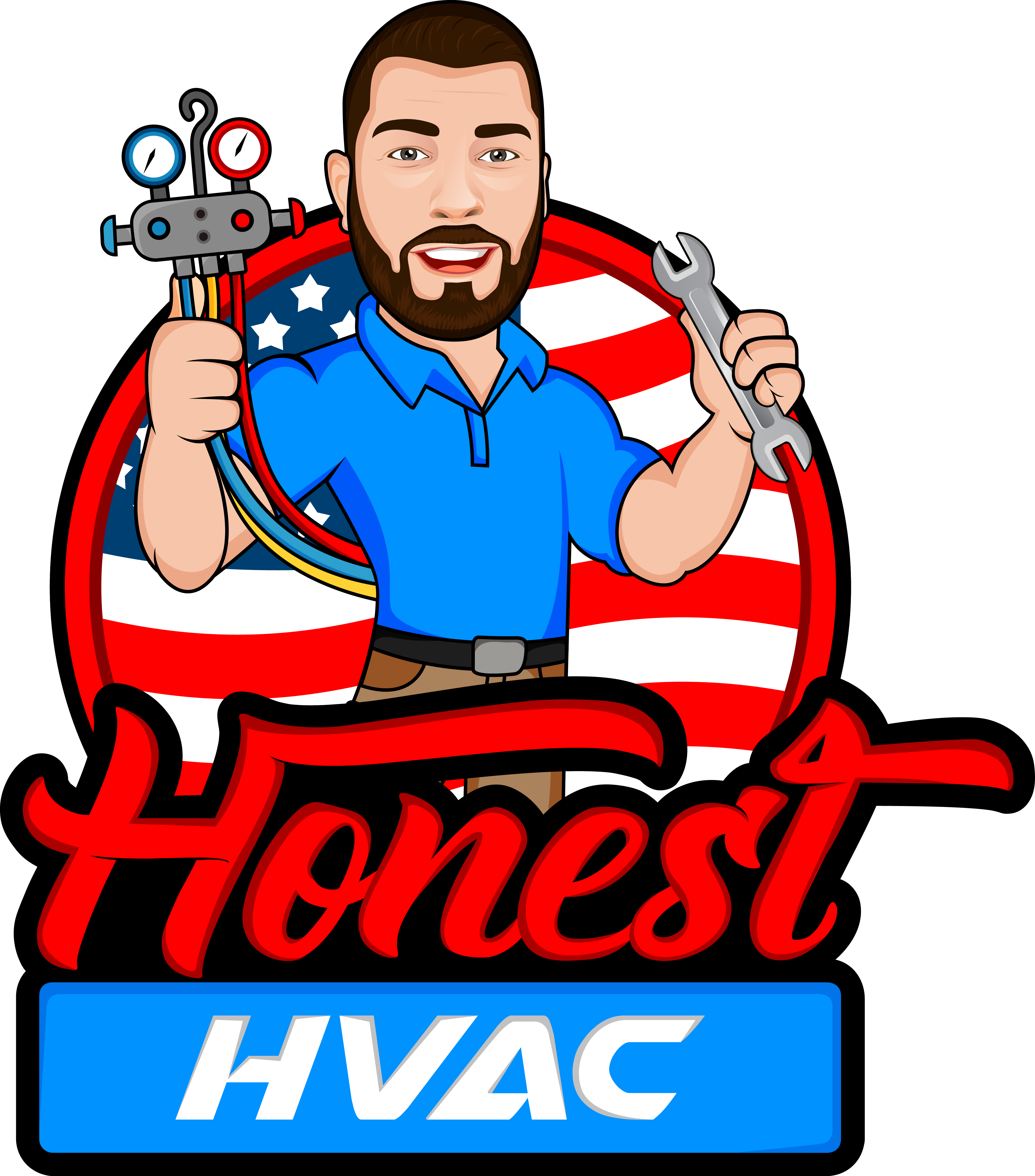
Indoor mold can wreak havoc on our homes and the health of our families. While molds and mildew exist naturally, they can utterly destroy a house’s structure when allowed to overtake our indoor spaces. Not only is mold unsightly and destructive, but it is also a health hazard. Minor mold blooms may irritate people with allergies or asthma, and certain types of mold can create a severe health crisis if its spores are inhaled.
If your home is experiencing indoor mold growth, there are some things you can do to halt development and mitigate the situation before it becomes unbearable and expensive to eradicate.
Locate The Source Of Moisture
Mold thrives in damp areas and needs moisture to thrive. If you find mold in your house, there is dampness in that area that needs to be corrected. Sources of water can be a leaky or compromised roof, busted seals on windows and doors, open chimney flews, inadequate insulation, poor airflow, and more. The placement of the mold you find should help you track down the source of moisture and fix it before the mold damages too much of your house.
Kill The Mold And Clean It Thoroughly
Many products that kill mold exist on the market. It may take a few attempts to kill the mold spores and clean the residue thoroughly, but this step is essential to halting its spread. For more significant mold issues, mold abatement specialists can evaluate the situation and advise the best courses of action to rid your home of it. Sometimes, home owner insurances will cover specific mold issues depending on your policy. It’s worth a shot to call your insurance adjuster to see what your coverage will take care of for you, especially if the reduction is costly.
Employ De-Humidifiers
Depending on where you live and the region’s humidity levels, de-humidifiers can be a life-saver when it comes to keeping mold and mildew at bay. These machines come in a range of sizes and costs and are easy to use. De-humidifiers suck in air and separate the water from it before depositing it into a bin that you empty when full. The dry air is then pushed back into your home.
Check Your HVAC Unit
HVAC units perform vital functions in your home. Not only do they keep the indoor air healthy and comfortable, but they also maintain appropriate temperatures and humidity levels to keep harmful molds at bay. Changing your unit’s filters as advised is a crucial step to ensuring your home is free from mold and allergens. If you think your HVAC unit is compromised somehow, call your HVAC company or service professional to conduct a thorough evaluation so that you can catch mold growth before it becomes an issue.


